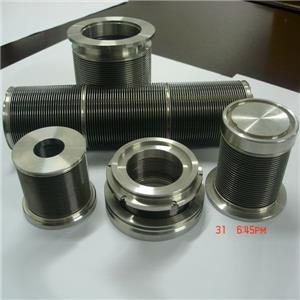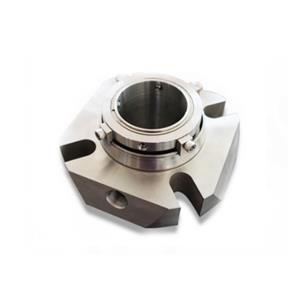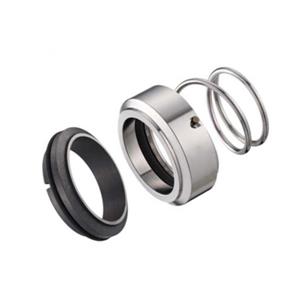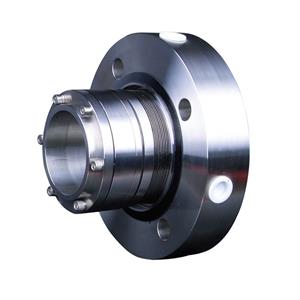Thermal properties of materials for mechanical seal faces
The thermal properties of mechanical seals are a major factor in seal performance and reliability. Thermal conductivity and thermal expansion are major in a typical mechanical seal with carbon versus tungsten carbide or silicon carbide faces, the major of the heat transfer takes place through the non-carbon element.
https://www.grandseal.net/product/sintered-sic-and-reaction-bonded-sic-seal-faces
Stainless steel, Stellite and ceramic seal faces or rings have much lower thermal conductivities than tungsten carbide and seal rings or faces will run considerably hotter than the seal rings or face made of tungsten carbide or silicon carbide.
https://www.grandseal.net/product/tungsten-carbide-mechanical-seal-faces
The thermal expansion of seal face materials is related to both the seal face temperature and the coefficient of expansion of the seal face material. In order to minimize the effects of seal face temperature on distortion, a low coefficient of expansion is employed. The coefficient of expansion of carbon graphite, tungsten carbide and silicon carbide is similar. This allows for some degree of substitution in seal face materials within the same design family. Alumina is higher and stainless steels still higher.
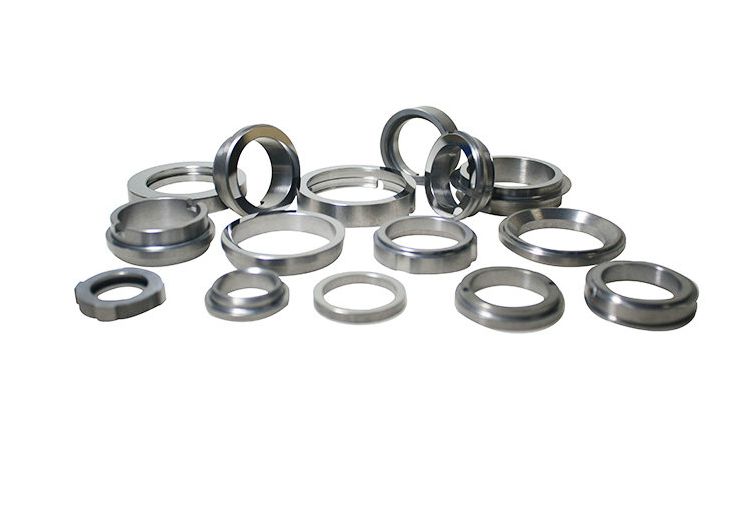
Any differences in coefficient of expansion become especially important when a seal is manufactured by shrink fitting components made from different materials. If the operating temperature is quite different from the manufacturing temperature, the seal faces may become distorted. In an extreme case, the components may become loose.

